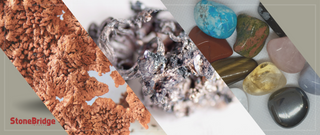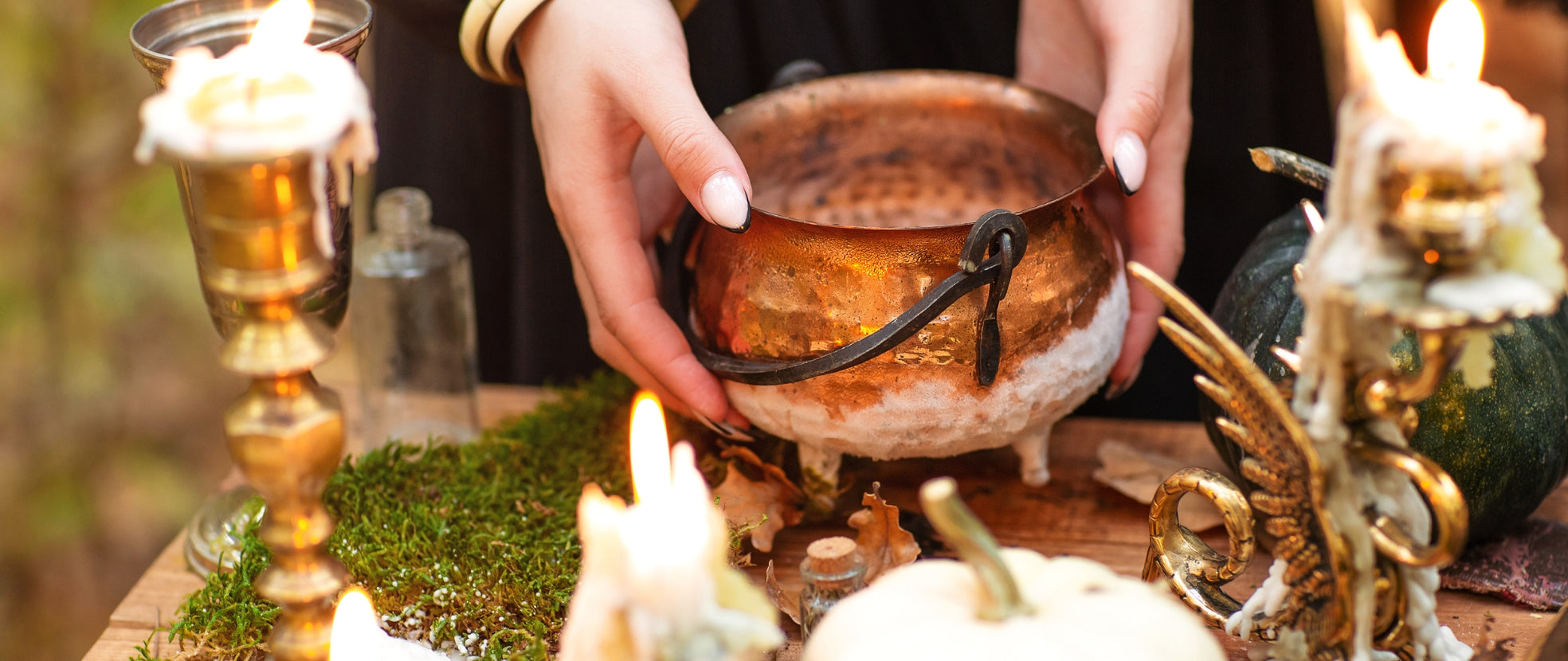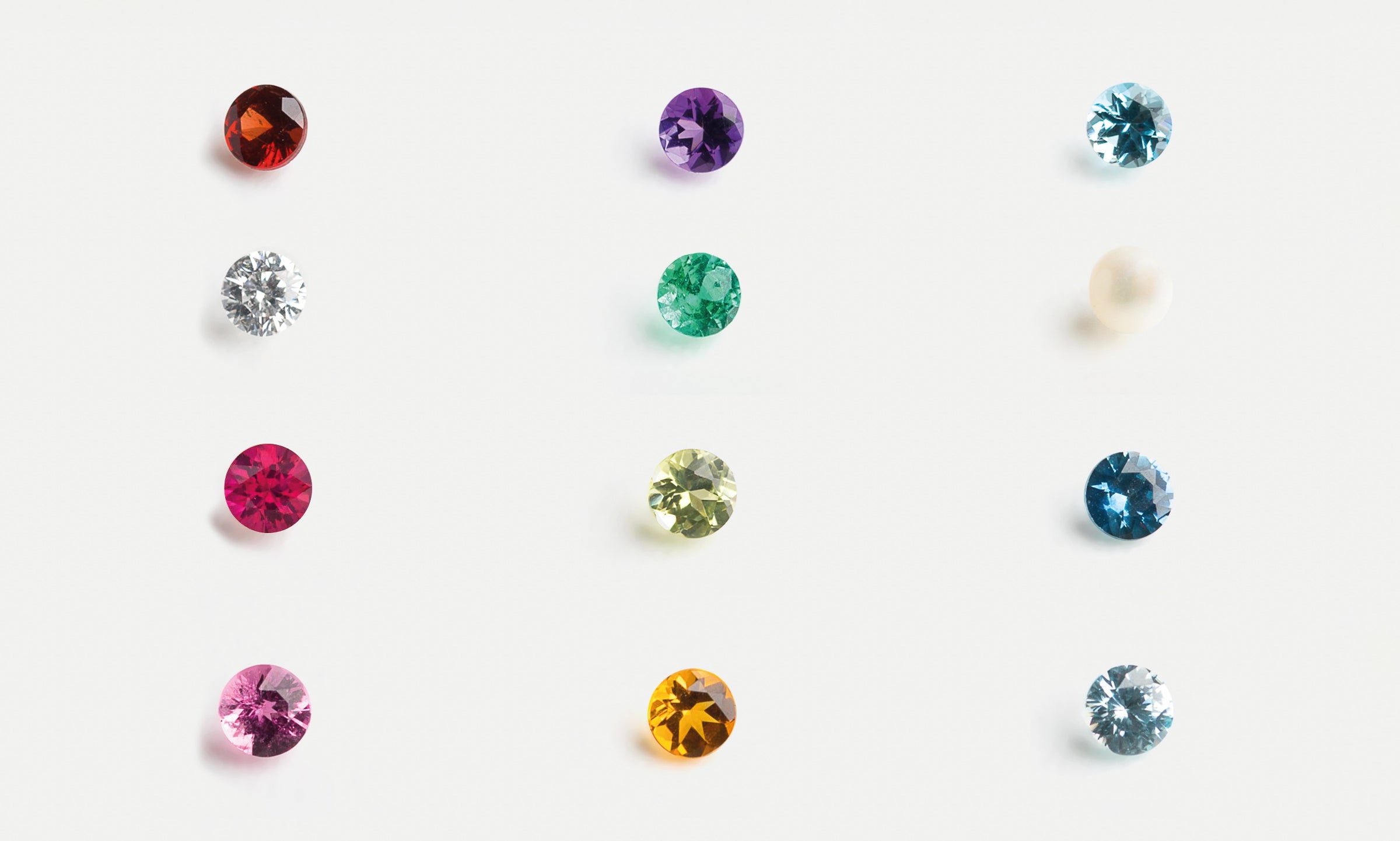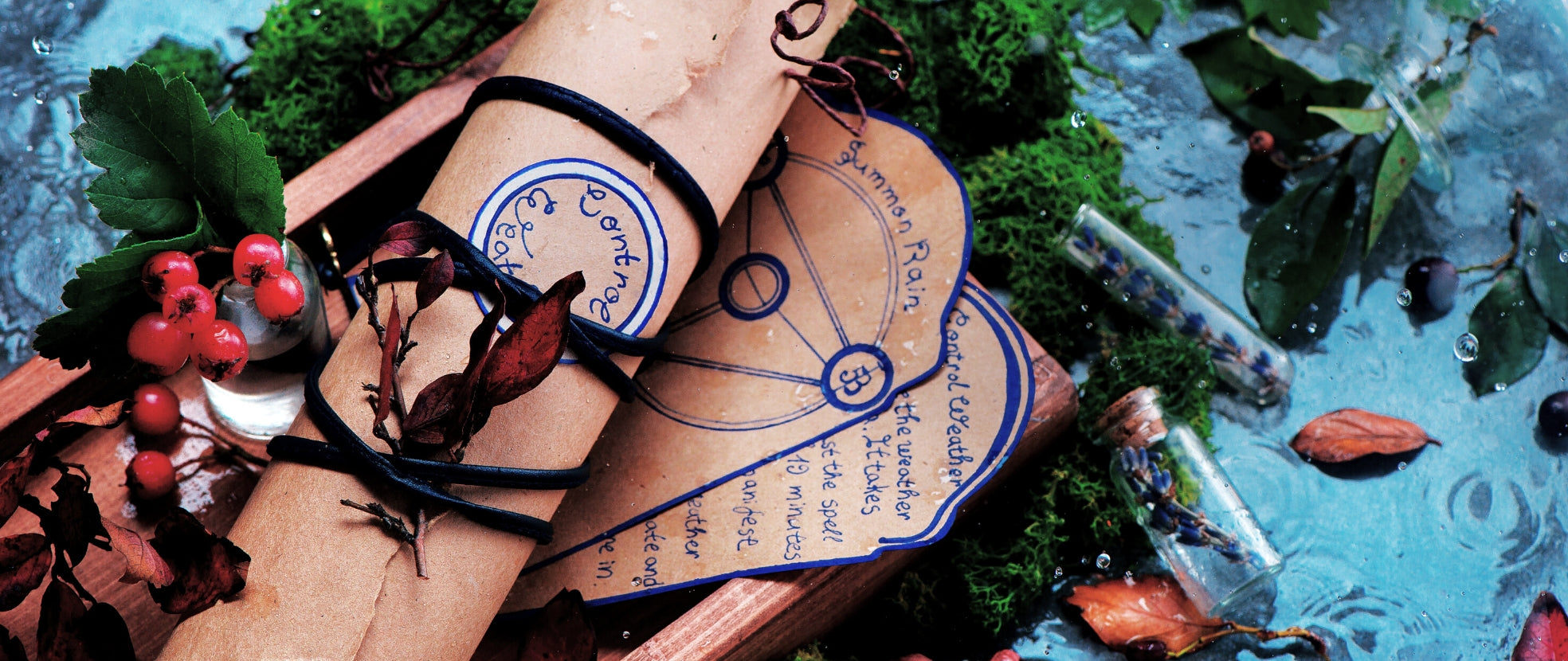Everything we see, touch, use, and even ingest consists of raw materials. The food we eat, the cars we drive, the house we live in, and the gadget you're reading this from – all these things we enjoy daily are given to us by the bounties of nature through mining. These raw materials are minerals, precious metals, and gemstones.
How do they differ from one another?
Minerals, Metals, and Gems: Same Same, But Different
All these raw materials may be mined from the depths of the Earth, but they differ in form, chemical composition, uses, and journey throughout the supply chain.
A result of geological processes, a mineral is an inorganic solid that occurs in nature. It is made up of one or more chemicals and a fixed order of atomic arrangement. Its physical properties are determined by characteristics like hardness, streak, lustre, and cleavage. We need minerals for making electronics, cell phones, batteries, and cars.
On the other hand, precious metals (emphasis on the word precious) are metals that are rare and chemically inert. They have a high economic value due to their scarcity, history, and usefulness in industrial applications. Precious metals are often used in jewelry, industrial processes, and vehicles.
Gemstones are rare, beautiful, and durable stones derived from a crystalline mineral and polished for decorative uses. Since minerals naturally have a crystalline structure, many gemstones are classified as crystals. Gemstones form in various environments and are extracted from the Earth’s crust.
Are gems and crystals alike?
These two terms are used interchangeably in the gem trade. But in reality, they are NOT synonymous. In fact, they vary in shape, composition, rarity, and pricing.
Crystals are substances that consist of atoms or ions having a fixed pattern. They are classified based on their shape and structure. Crystals are more abundant in nature and are easily available. Examples of crystals are sugar, ice, table salt, snowflakes, and quartz.
Gemstones are made of pure minerals and are classified according to their chemical composition and molecular structure. They are rarer and more expensive than crystals. Gems are primarily mined and polished for jewelry and ornaments. Some popular gemstones are ruby, garnet, sapphire, and topaz.
These two terms can overlap at some point. Because a gem is a rare, high-quality mineral, it can certainly be crystalline in nature. However, not all crystals will be made of a rare, high-quality mineral. Thus, these terms aren't synonymous BUT they may coincide with one another on occasion.
Now that you know the distinction among these raw materials, let’s get to know the common minerals, metals, and gemstone materials that make the world a better place to live in.
Minerals
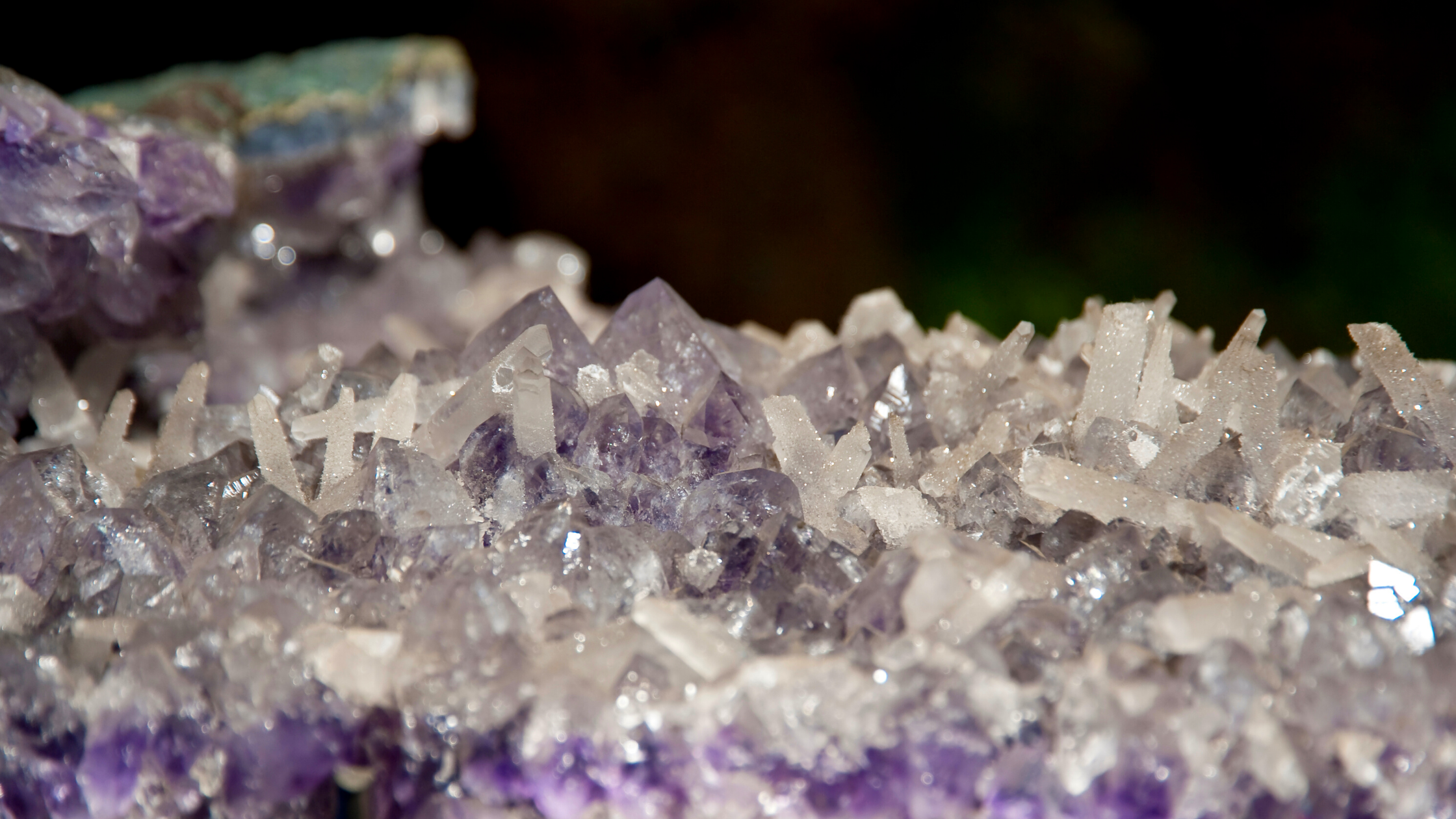
1. Copper (Cu)
Since 3,000 B.C., copper has been one of the most essential minerals to human life.
Fresh, pure copper has a pinkish-orange colour and is soft enough to be hammered into various shapes. Copper has a high thermal and electrical conductivity. It can also be alloyed with zinc to produce brass, and with tin to produce bronze.
Uses: For wires and electric cables, electronic components, machinery and equipment, roofing materials, transportation, coins, and jewelry.
2. Cobalt (Co)
This hard and lustrous mineral is found in the Earth's crust. Cobalt shares the same chemical and physical properties with iron and nickel (the three are called the Iron Triad). Like the two minerals, it can be magnetized. Cobalt only makes up 0.0020% of the Earth's crust, making it a rare and valuable mineral.
Uses: Making lithium-ion batteries, magnets, cutting tools, and durable alloys that are resistant to abrasion and corrosion; gas turbine engine parts; cardiovascular, dental, and orthopedic implant devices
3. Iron ore (Fe)
Iron is a transition metal with a bright silver colour. It produces brown to black hydrated iron oxides or rust when it reacts to oxygen and water.
Iron can be found in the sun and the stars. However, pure iron metal is rarely found since it easily reacts with other metals. Iron ore, on the other hand, is most abundant in the Earth's crust at 4.7% of its composition.
Uses: For magnets, steel housings, television tubes, furniture, auto parts, reinforcing rods for concrete, building materials, etc.
4. Fluorite/fluorspar (F)
A rock-forming mineral, fluorite (also called fluorspar) forms as glassy and colourful crystals in hot springs, pegmatites, and sedimentary rocks.
Fluorite can also be found in the cavities and fractures of dolomites and limestones. It is associated with silver and lead ores. Fluorite is easily identified by its distinctive green, purple, and yellow hues.
Uses: In chemical, ceramics, and metallurgical industries; as source of fluorine (for toothpastes) and hydrofluoric acid; and in making high-clarity cameras, telescopes, and microscopes
5. Halite (NaCl)
If you know salt, you know halite. It is the mineral (or more science-y) name for the substance you use to flavor your food and de-ice your driveway. Halite's chemical name is sodium chloride. A rock made mostly of halite is called ˜rock salt.'
Halite is a sedimentary material that occurs in dry climates, specifically where ocean water evaporates. It can also form in inland lakes. Some known locations of halite deposits are the Great Salt Lake of North America and the Dead Sea situated between Israel and Jordan.
Uses: Food seasoning and preservation, as source of sodium and chlorine for chemical uses, and winter road treatment
6. Potash (K)
Potash is a type of salt that has high potassium content. It is mined from underground deposits that resulted from evaporated sea beds millions of years back. The term also refers to a group of minerals and chemicals that contains potassium, with potassium chloride (KCl) being the widely used natural salt in the market.
Uses: Potassium is an vital component in fertilizers that helps boost crop yields and plant quality. It protects plants from harsh temperatures, prevents wilting, nourishes the roots and stems, and activates plant enzymes that help plants use water efficiently.
7. Lead (Pb)
Produced from the mineral galena, lead is a soft mineral with a blue-gray colour. It has been used for millions of years. The USA is the largest producer of lead in the world. The chemical symbol for lead ˜Pb' comes from the latin word plumbum.
Uses: For making batteries for cars and trucks, wheels, electronics and communications equipment, protective coatings, television glass, ceramics, metal pipes, and ammunition
8. Quartz (SiO2)
Quartz consists of silicon and oxygen atoms. It is the second most abundant mineral on Earth next to Feldspar. It occurs in almost all mineral environments at all temperatures.
It is found in igneous, sedimentary, and metamorphic rocks. Even the sand of beaches, rivers, and deserts contain significant amounts of quartz.
Pure quartz is commonly clear or white. However, the presence of mineral impurities can make the mineral purple, pink, green, yellow, orange, blue, or red. For instance, amethyst, the most popular variety of quartz, displays a lilac to deep purple hue due to traces of iron in the stone.
Uses: In ancient times, the Sumerians used it to create cylinder seals, ring seals, and stamps for producing written impressions in clay. In ancient Egypt, Quartz was a primary material in making beads, amulets, impression seals, and various jewelry pieces.
In the modern world, the mineral is an indispensable component in creating electronic devices due to its ability to convert electrical energy into mechanical energy. Quartz crystals are used in creating radios, transistors, microphones, digital watches, computer chips, electric guitars, fiberglass, container glass, flat plate glass, and specialty glass.
It is also used in crystal healing and meditation.
Precious Metals

1. Gold (Au)
Gold is one of the most valuable metals since the beginning of time. It's no question that it continues to be a revered and highly favoured metal to this day ” it's visually appealing, doesn't corrode or tarnish, malleable, and it's a great heat and electricity conductor. Gold also has a natural gloss and lustre no other metals possess.
This yellow metal naturally occurs as veins or deposits (called lodes) in fractured rock. It can be distributed within the Earth's crust as well. The lode deposits form as the heated fluids flow through the rocks that contain gold. The fluids carry the gold and disperse it in different locations in the crust.
As years pass, gold nuggets and flakes get swept into the various bodies of water. The weightier ones settle in lakes, streams, riverbeds, and on the seafloor.
Uses: Jewelry, crowns, medals, statues, currency, electronic devices (cellphones, computers, televisions, and GPS units), orthodontic appliances (crowns, fillings, bridges, and artificial tooth), lubricating mechanical parts and conducting electricity in space vehicles
2. Silver (Ag)
Another precious metal that's popular for its high electrical and thermal conductivity is silver, which was discovered in 4,000 BCE after gold and copper. Pure and untarnished silver occurs in white with a bright and metallic lustre.
This metal is abundant in nature, although it only constitutes 0.05 part per million of the Earth's crust ” that's less than one drop of water into 10 gallons of water. Silver can combine with other elements like arsenic, chlorine, antimony, and sulfur.
It is also found in very small traces in copper, lead, gold, and zinc ores. Most commercially available silver is a byproduct of mining and processing these ores. Pure silver is extracted through smelting and fire- or electrorefining.
Silver is soft and can be easily hammered into thin sheets. It can also be drawn into wire due to its high ductility.
Uses: For jewelry, ornaments, coins, silverware, mirrors, in dentists' amalgam fillings, soldering and brazing alloys, batteries, and electrical contacts
3. Palladium (Pd)
A lustrous metal with a silvery white colour, palladium is commonly used in making electronic and industrial products.
It is one of the platinum group metals (PGMs) together with platinum, iridium, osmium, platinum, rhodium, and ruthenium. Among these metals, palladium is the least dense and has the lowest melting point.
Majority of the world's palladium supply comes from Russia and South Africa. It is extracted as a byproduct of operations focused on platinum and nickel. It is a soft and ductile metal when heated and cooled, and it increases in hardness and strength when shaped while it's cold.
Due to increased demand but low supply, global palladium prices have been soaring over the last decade. It has now become more expensive than gold.
Uses: For catalytic converters in car exhausts, jewelry, electronics, and dentistry
4. Platinum (Pt)
Platinum is a naturally-occurring metal and is rarer than gold. Jenny Luker, president of Platinum Guild International USA, says that œIf all platinum ever mined in the world were melted and poured into an Olympic-sized pool, the platinum would barely reach your ankles. Whereas gold would fill three pools.
Platinum is very heavy with a silver-white colour. It is also soft and ductile. It is mined as ore from underground or as a byproduct of processing copper and nickel. It is also believed that platinum is found concentrated in meteorites.
Uses: For catalytic converters in car exhausts, jewelry, electronics, and dentistry
Crystals and Gemstones

1. Diamond (C)
Diamond is made of pure carbon and is known as the hardest natural substance on Earth. Due to its extraordinary brilliance, beauty, and hardness, diamonds are an indispensable material in the jewelry and industrial sectors.
The Earth's hardest natural mineral is extracted from three deposits: alluvial gravels, glacial tills, and kimberlite pipes. Diamonds that were formed in alluvial and glacial gravels were likely released by fluvial or glacial erosion of the kimberlite matrix.
These were then redeposited in rivers or glacial till. Diamonds in kimberlite pipes were delivered by the intrusions of magma into the Earth's surface from the mantle millions of years ago.
In terms of colour, diamonds can be colourless to black. Some rare specimens are clear or pale blue which are the most valued in the market. Diamonds may be transparent, translucent, or opaque. Through radiation or heat treatment, the colour of diamonds can be changed to suit aesthetic preferences.
Uses: In jewelry, tools, drilling bits; and in making grits used for cutting and polishing stones and ceramic products
2. Emerald (Be3Al2SiO6)
Emeralds are gem-quality stones of the beryl mineral family found in igneous, sedimentary, and metamorphic rocks. Emerald forms ˜the big three' of colored stones (together with ruby and sapphire) that are more popular and profitable than all other colored stones combined.
Emerald is the world's most popular green gem. Its colour ranges between bluish and yellowish green. It's the trace amounts of chromium or vanadium in beryl that create the green color. Trace amounts of iron can cause color variations in the form of bluish or yellowish green tint.
Uses: Jewelry and as a source of beryllium. Beryllium is used in making electronic components, electrical equipment, nuclear reactors, and aerospace components
3. Ruby (Al2O3)
Ruby is the red or pink variety of the mineral corundum. The name ˜ruby' comes from the Latin word for ˜red,' but its colour can range from pink, crimson red, to a brownish red. The sight of the brilliant and intense glow of the stone will remind you of love and a fiery passion.
Rubies can be found in all parts of Southeast Asia including Thailand and Myanmar. Rubies are identified by their striking red colour and prismatic sheen. However, the shade of red may vary depending on the location from where it was mined.
Merchants or traders of rubies try to enhance the overall appearance of rubies by heating the crystals.
Uses: Widely used in jewelry making. Rods of synthetic ruby are also used to produce lasers, masers, in modern mechanical clockworks, and as scanning probe tips in a coordinate measuring machine
4. Sapphire (Al2O3)
Sapphire is the precious blue variety of corundum, which bears little to no difference to ruby (other than its colour). It's been a valuable gemstone since 800 B.C. Because of its exceptional colour, lustre, hardness, and durability, sapphire is an indispensable stone in jewelry.
Pure sapphire can be transparent to translucent. The stone's natural blue colour is produced by iron and titanium inclusions, producing a blueness that ranges from a pale blue to indigo.
However, to meet consumer demand, it's common practice to heat-treat Sapphire to intensify its colour, enhance its clarity, and to produce other colours like yellow, orange, and orange-red.
Natural Sapphires can be found in Sri Lanka, Myanmar, Australia, Cambodia, Thailand, Madagascar, and the US.
Uses: In addition to jewelry, sapphire is used to create watches, durable windows, scientific instruments, and electronic wafers
5. Amethyst (SiO2)
Amethyst is a semiprecious stone and one of several forms of quartz. Throughout the centuries, it has been highly valued for its beauty and metaphysical properties. It comes in a range of deep purple to light pinkish violet colours, with red and blue as its secondary hues.
The deeper colored stones are more valuable than diamonds. These stones are naturally made and found only in a few locations (i.e., [Minas Gerais in Brazil])(/blogs/crystal-mining-sourcing-and-selling/geo-mine-tours-exploring-minas-generais). Some gem dealers sell ametrine or citrine, which are artificially heated amethyst which turns yellow because of the heat.
Amethyst is violet due to iron impurities, the presence of trace elements, and irradiation. It is mined in Argentina, Bolivia, Uruguay, Brazil, and several African countries.
Uses: Amethyst is primarily used for jewelry, decoration, and crystal healing
6. Opal (SiO2H2O)
Opal is a hydrated form of silicon dioxide with an amorphous (lacking a definite form) character, classifying it as a mineraloid rather than the usual mineral. Opal is translucent to transparent, displaying a milky brightness and a play of rainbow colours (called opalescence). It forms in rock fissures and is often found with limonite, sandstone, rhyolite, and basalt.
Its wide array of colors are the characteristics that captured Pliny the Elder's interest in this stone. According to the Roman historian, opal holds the refined combination of garnet, amethyst, and emerald.
During the Roman era, opal was also revered for its capacity to diffract light into the brilliant colors of the rainbow, hence, giving it the title of œQueen of Gems.
Uses: The majority of opals are used for jewelry, ornaments, crystal healing, and for incantation practices
Sources:
Minerals, Precious Metals and Gems. (n.d.). Geological Survey. Accessed at https://www.gsi.ie/en-ie/geoscience-topics/geology/Pages/Minerals-Precious-Metals-and-Gems.aspx
Minerals and Their Uses. (n.d.). Scienceviews.com. Accessed at https://scienceviews.com/geology/minerals.html
Lead. (n.d.). Mysite.du.edu. Accessed at http://mysite.du.edu/~jcalvert/phys/lead.htm
Copper. (n.d.). Hyperphysics.phy-astr.gsu.edu. Accessed at http://hyperphysics.phy-astr.gsu.edu/hbase/pertab/cu.html
Uses of minerals in everyday life. (2019, July 12). Komatsu. Accessed at https://www.komatsu.com/en/blog/2019/uses-of-minerals-in-everyday-life/
Cobalt - Co. (n.d.). Lenntech.com. Accessed at https://www.lenntech.com/periodic/elements/co.htm
Zuluaga, J. (2020, September 29). What are Precious Metals and Precious Metals Alloys? Thermofisher.com. Accessed at https://www.thermofisher.com/blog/metals/what-are-precious-metals-and-precious-metals-alloys/
The Iron Triad: Iron, Cobalt, and Nickel. (2020, August 25). Chem.libretexts.com. Accessed at https://chem.libretexts.org/Bookshelves/General_Chemistry/Map%3A_General_Chemistry_(Petrucci_et_al.)/23%3A_The_Transition_Elements/23.5%3A_The_Iron_Triad%3A_Iron_Cobalt_and_Nickel
Fluorite. (n.d.). Geologyscience.com. Accessed at https://geologyscience.com/minerals/fluorite/
King, H. (n.d.). Fluorite (also known as Fluorspar). Geology.com. Accessed at https://geology.com/minerals/fluorite.shtml
King, H. (n.d.). Halite. Geology.com. Accessed at https://geology.com/minerals/halite.shtml
What is Potash? (n.d.). Westernpotash.com. Accessed at https://www.westernpotash.com/about-potash/what-is-potash
Gold. (n.d.). Britannica. Accessed at https://www.britannica.com/science/gold-chemical-element/Properties-occurrences-and-uses
Sepanek, E. (2012, May 30). Top 6 Common Uses For Gold. Sbcgold.com. Accessed at https://www.sbcgold.com/blog/top-6-common-uses-for-gold/
Forming Deposits. (n.d.). Amnh.org. Accessed at https://www.amnh.org/exhibitions/gold/incomparable-gold/forming-deposits
Silver. (n.d.). Britannica. Accessed at https://www.britannica.com/science/silver
Pakiam, R. & van der Walt E. (2021, April 23). How Palladium Became a Really, Really Precious Metal. Bloomberg.com. Accessed at https://www.bloomberg.com/news/articles/2021-04-23/how-palladium-became-a-really-really-precious-metal-quicktake
More Precious Than Gold: Why the Metal Palladium is Soaring. (2020, January 20). Bbc.com. Accessed at https://www.bbc.com/news/business-51171391
Palladium. (n.d.). Britannica. Accessed at https://www.britannica.com/science/palladium-chemical-element
Platinum. (n.d.). Britannica. Accessed at https://www.britannica.com/science/platinum
Hoyt, A. (2019, July 11). What's So Special About Platinum? Howstuffworks. Accessed at https://science.howstuffworks.com/environmental/earth/geology/platinum.htm
Diamond. (n.d.). Britannica. Accessed at https://www.britannica.com/topic/diamond-gemstone
Emerald. (n.d.). Ga.gov.au. Accessed at https://www.ga.gov.au/education/classroom-resources/minerals-energy/australian-mineral-facts/emerald#heading-3
Opal. (n.d.). Geologyscience.com. Accessed at https://geologyscience.com/gemstone/opal/
Opal. (n.d.). Britannica. Accessed at https://www.britannica.com/science/opal
Fernando, J. (2021, February 18). Precious Metals. Investopedia. Accessed at https://www.investopedia.com/terms/p/preciousmetal.asp
Gemstones Vs Crystals “ What's The Difference? (2021, April 13). The Creative Folk. Accessed at https://www.thecreativefolk.com/gemstones-vs-crystals/
Difference Between Crystal and Gem (With Table). (n.d.). Askanydifference.com. Accessed at https://askanydifference.com/difference-between-crystal-and-gem/


